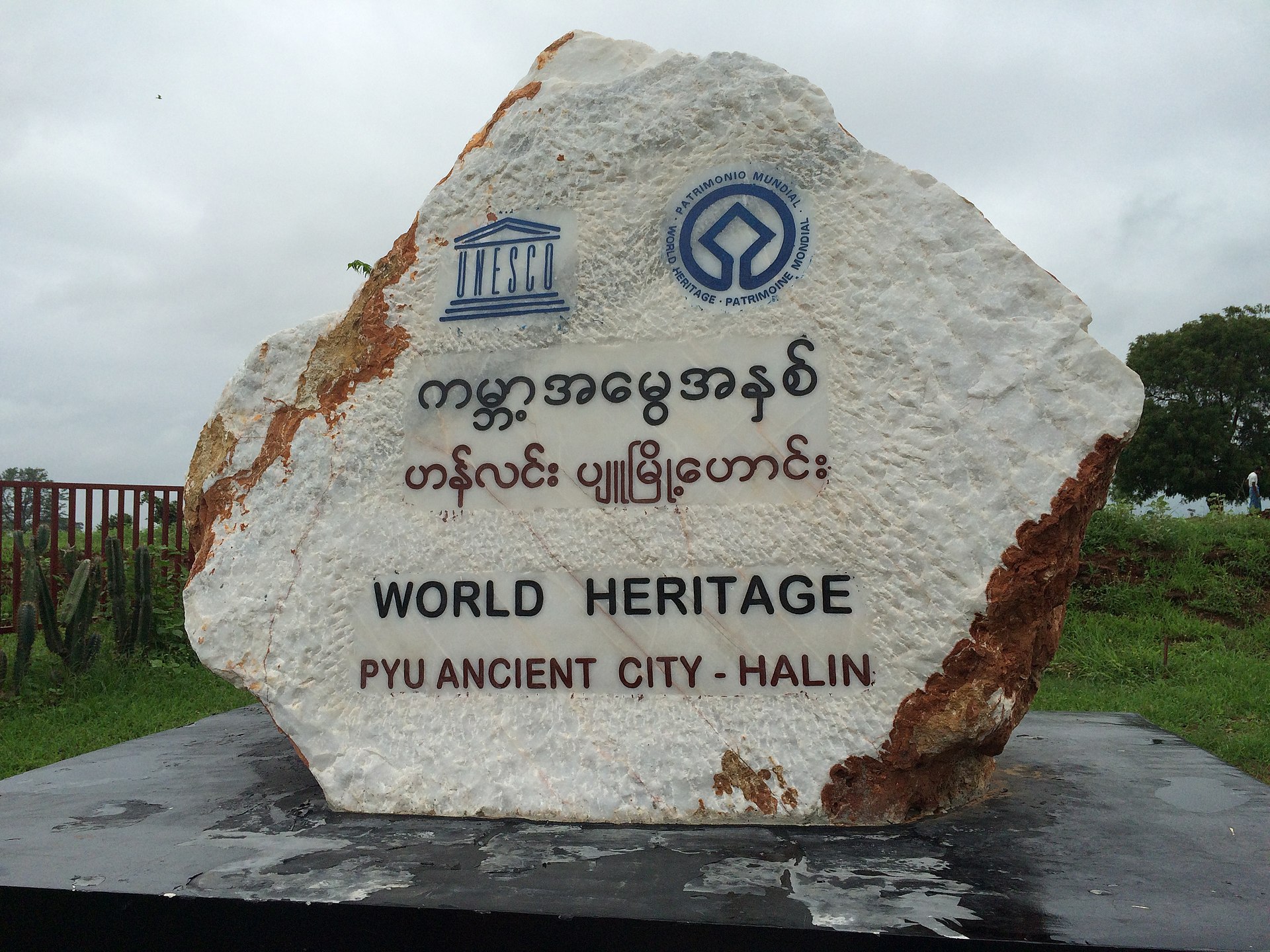
Another ancient site in Myanmar has been vandalised—allegedly in the hunt for treasure, as the country struggles with unemployment due to efforts to contain the coronavirus pandemic.
The right arm and jaw of a human skeleton and three earthenware pots were damaged at Halin, one of the cities of the Pyu Kingdom, in Sagaing region’s Wetlet township, a local official told Daily Eleven.
In 2014, Beikthano, Sri Ksetra, and Halin became the first Myanmar sites to be inscribed onto the Unesco World Heritage List. The city-states flourished for more than 1,000 years between 200 BC and AD 900.
Partly standing walls, Buddhist stupas, and burial grounds are among the remains.
Thieves had been digging up a cemetery for precious items when they caused the damage, said Halin village administrator Khin Aung, who added that a patrol had made the discovery on June 3.
Police are investigating the incident, he said, after a case was filed under section 16 of the Protection and Preservation of Ancient Antiquities Law, which carries a maximum penalty of seven years’ imprisonment and a fine of five million kyat.
The vandalism follows thefts in the ancient city of Bagan, where patrols reported stolen relics from the top tiers of five pagodas near Ywa Haung Gyi temple.
The number of Bagan pagodas reportedly targeted has now risen to 33, according to 7Day News Daily.
Myat Thu, vice-chair of the Bagan ancient heritage conservation committee, told the newspaper on June 11 that the alleged thefts were prompted because of job loss caused by the pandemic.

